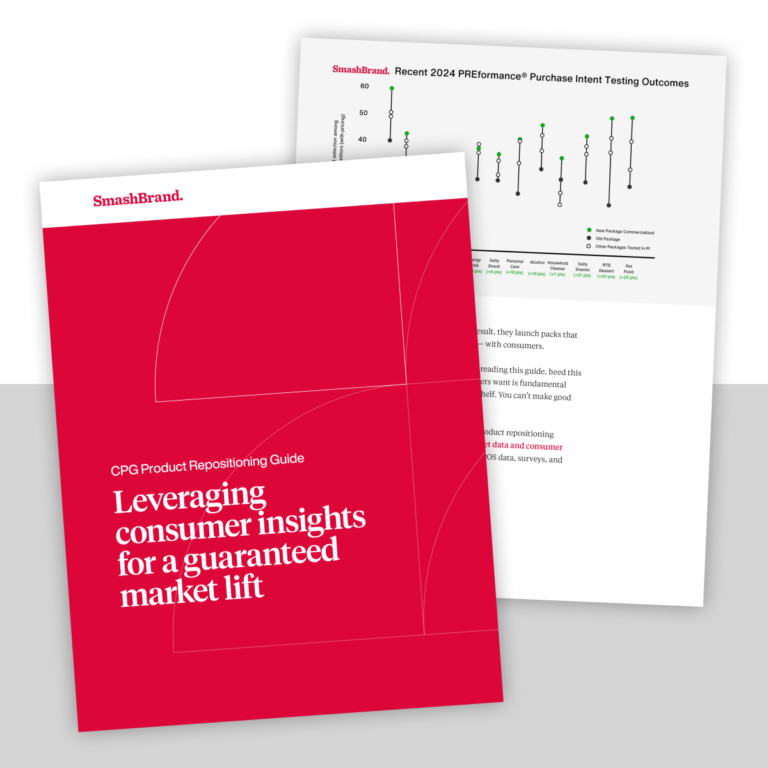While the pancake industry has never been exceptionally controversial, it’s pretty clear that the market does care passionately about its syrup. So much so, in fact, that there seems to be a veil of discontent over the Hungry Jack Pancake Syrup brand, because they dared to change their package design. We’d hate to think what the public would say if Mrs. Butterworth ever decided to wear pants.
A (Pseudo) Case Study: The Best Darned Syrup Bottle in the World
Why on earth would people be so attached to a syrup bottle? Because people like convenience, that’s why, and the Hungry Jack design was an absolute triumph.
Basically, the Hungry Jack bottle design was – unlike its competitors’ – low and stubby enough to fit in a microwave, and was specifically engineered for that purpose. The original package design research led to a thermodynamic label that alerted the user to the temperature of the contents inside. It had a special patented cap. Moreover, it had a particular handle structure that stayed cool even after heating. The same amount of deliberation went into that bottle design as went into the Rosetta spacecraft.
Since one could argue that all pancake syrups are more or less identical, it was the bottle design that inspired customer loyalty; far more so than the contents of that bottle. People liked microwaving the syrup directly in the bottle, rather than transferring it to another container that would have to be washed. Nevertheless, J.M. Smucker Co – Hungry Jack’s parent company – decided to change the design, and offered only the vague explanation that it was due to “a shift in customer preference.”
So… suddenly customers no longer want the one feature that gave your product an advantage over all your competitors? What a topsy-turvy world. Maybe McDonalds should start charging $20 per Big Mac. Perhaps Whole Foods should switch to a 100 percent Soylent Green-based product line.
The Public Response
As you might have imagined, the backlash was quite strong, and speculation is rampant. Facebook lit up with theories. There was dangerous BPA leaking into the product when the package was microwaved. Someone heated the product too long and burned him/herself drastically. Hungry Jack is trying to shift more units at a lower cost. All of these theories were roundly denied by the corporate communications V.P. Apparently, they changed the bottle just because they felt like it.
Now, there may be reasons for this massive change that the company just aren’t ready to disclose to the public. However, those reasons probably aren’t as bad as what the public will surmise on their own, which will only be made worse by the apparent effort on the part of the company to conceal them.
What We Might Learn
What Smucker’s failed to realize was that they should have consulted the public first — and they could have used the same social media that the public is now using to criticize the company’s decision. Had the Hungry Jack brand used Facebook to ask its fans what bottle design they would like to see, it might have avoided the mess in which it ultimately found itself.
In the history of marketing, it has never been easier to gauge immediate consumer response — people aren’t shy to bombard social media pages with opinions and threats of abandonment. If you’re considering freshening up your packaging design, you can use your online presence to assess what it is the public really wants, and how they will respond to your proposed changes.
Of course, you should engage in vigorous, controlled market research before embarking upon any major change to your brand or your packaging, but social media is an excellent starting point. It can stop you from making truly terrible decisions.
So what have we learned today? We learned that pancake syrup can be at the center of a heated national debate. We learned that packaging design can be as important to consumer experience and expectation as the product itself, and that package design research is vital to success. We learned that arbitrary changes not only affect your ability to sell your product, but could also hurt your entire brand. Most importantly, we learned that this entire brouhaha will probably only succeed in driving people to the waiting arms of trustworthy Aunt Jemima.
Subscribe to
Nice Package.
A monthly newsletter that unpacks a critical topic in the FMCG & CPG industry.
Free Resource.

CPG product repositioning guide.
Explore the five undeniable signs your CPG product needs repositioning along with strategies for leveraging consumer insights for a guaranteed market lift.
Learn More About CPG product repositioning guide.